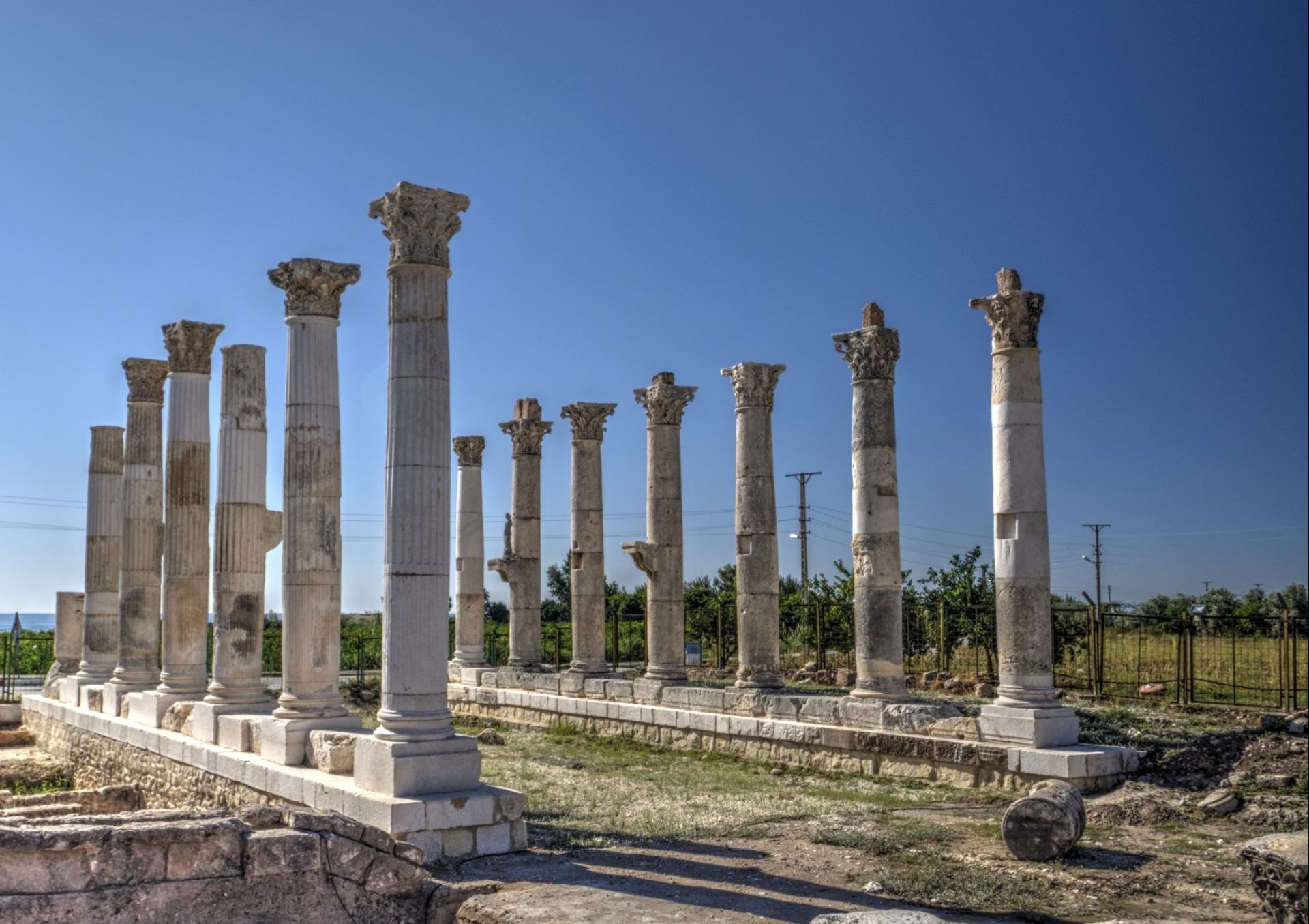All content and media files are published under a Creative Commons Attribution-ShareAlike 4.0 International License (CC BY-SA 4.0)
The first settlements on the territory of the modern city of Mersin appeared more than 8 thousand years ago. Since then the works of historians and geographers, including those of Ancient Greece and Ancient Rome, have included lots of mentions of it. The evidence of the ancient city became a reason for conducting archeological excavation works on those territories. Archeologists wanted to find the treasures of the past.
As a result of the excavations in the vicinity of the ancient Soli, they found pieces of pottery dating back to the 15th century BC. Further, they discovered the city itself. The settlement was founded by Greeks in about the 7th century BC. Its prosperity period was during the reign of the Persian Empire. Later, the lands were under the control of Alexander III of Macedon, and after the fall of his Empire, it became a part of the Seleucid Empire. During that time, the influential city of Soli started to lose its importance, and by the 1st century AD, it was completely robbed and abandoned.
Only in the 1st century AD, when the Roman commander Pompey the Great came to those lands, the city became important again. He built defensive walls and port facilities. The city was renamed in his honor – Pompeipolis. The remains of the buildings can be found today in the vicinity of the modern city of Mersin.
A lot was destroyed as a result of a big earthquake in 525. However, judging by the numerous ruins of the ancient monuments, it is still possible to understand how great the city used to be. More than 40 huge tall columns stand on the way to the seaport. Almost all of them have the capitals from the past times. There you can also see several stone foundations of the great statues of the Roman emperors and other buildings (e.g. a small amphitheater, Roman thermal baths as well as parts of an aqueduct and an old defensive harbor wall).
